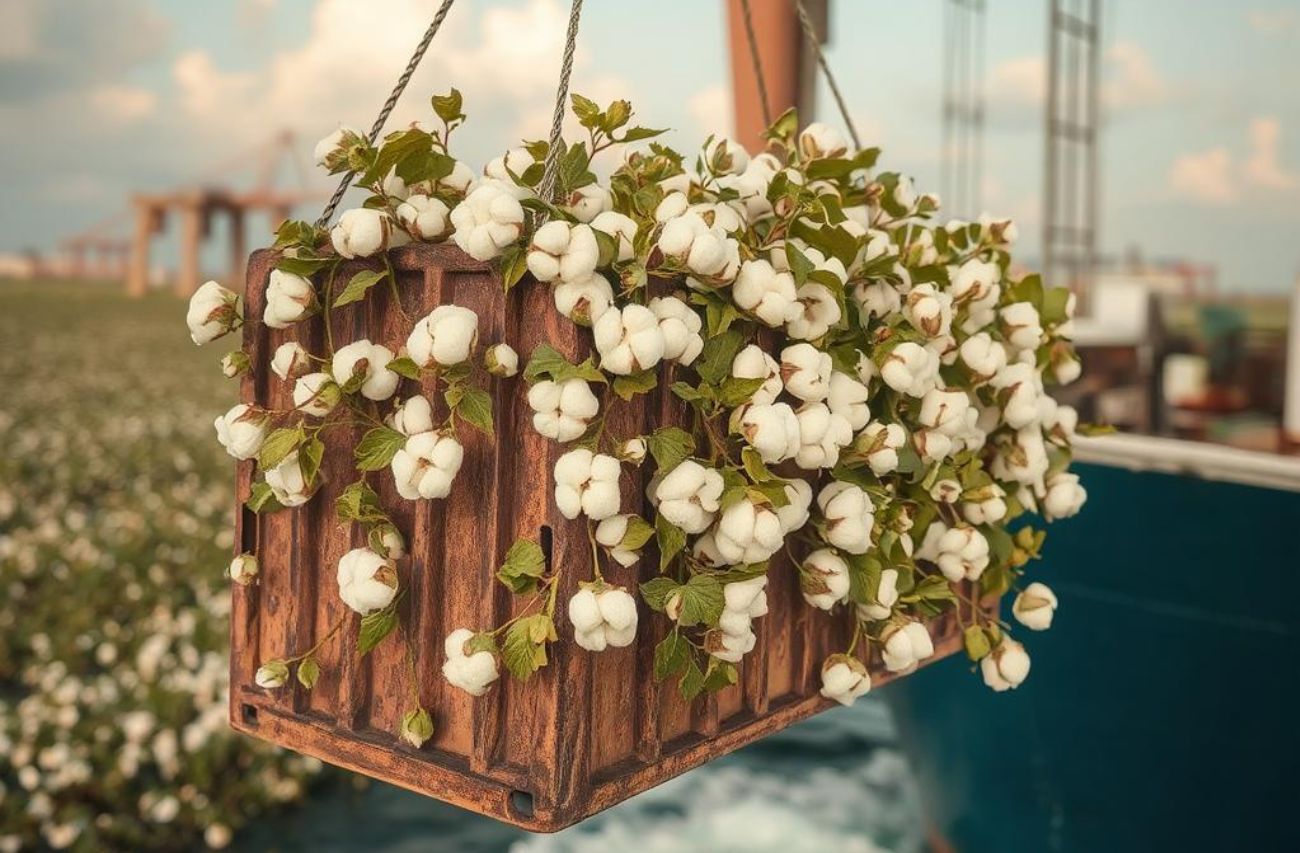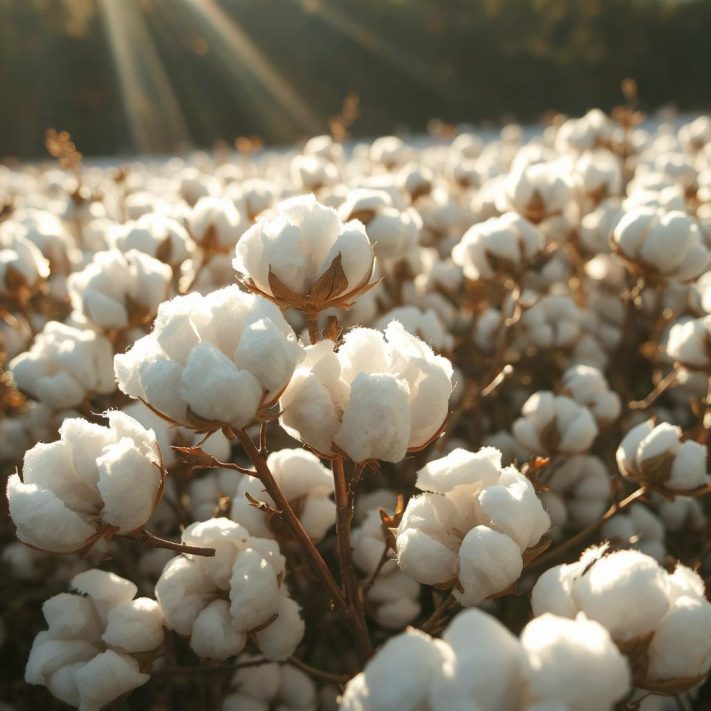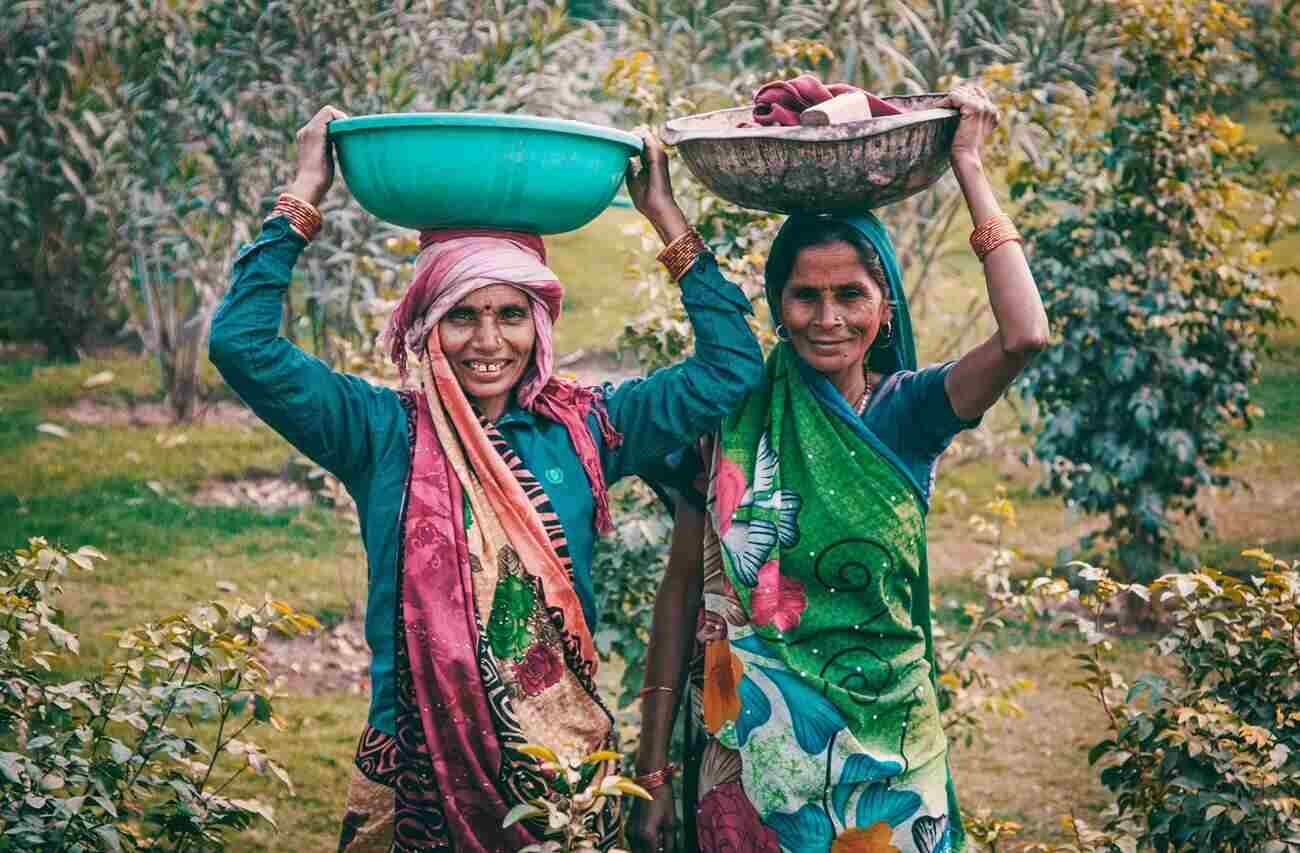
s global brands pivot towards more resilient and sustainable supply chains, India is rapidly emerging as the go-to destination for cotton textiles. With its deep-rooted craftsmanship and expanding manufacturing muscle, the country offers a unique combination of quality, scale, and eco-conscious production that few can match.
India continues to be a major force in cotton textile exports, with combined shipments of cotton textiles and raw cotton touching $11.52 billion in FY 2023–24, up 11% from the previous year. From yarn and fabrics to made-ups and raw cotton, the country’s cotton ecosystem has shown remarkable resilience, even as global sourcing landscapes shift. Backed by expansive cotton-growing belts across Gujarat, Maharashtra, and Andhra Pradesh, and a robust value chain blending heritage crafts with modern manufacturing, India is uniquely positioned to serve the world’s demand for cost-effective, quality-led, and sustainable cotton textiles.
At Qalara, we witness this strength firsthand through our vast network of ethical producers, certified suppliers, and textile clusters, which make India a reliable and future-ready sourcing partner. In this blog, we explore how global businesses can leverage India’s cotton textile capabilities, navigate sourcing dynamics, and stay ahead in an evolving marketplace.
Why India? Cotton at the Core
India’s dominance in cotton is built on three pillars: scale, diversity, and integration, spanning from seed to shipment.
- Scale: A Cotton Superpower
World’s largest cotton producer, cultivating over 12 million hectares – nearly 25–36% of global cotton acreage, and producing around 34 million bales (~5.6 Mt annually).
This vast output sustains the livelihoods of 6–6.5 million farmers and fuels an industry employing up to 50 million across farming, ginning, spinning, weaving, and processing.
- Breadth: Raw to Refined
India exports across the full cotton value chain, raw cotton, yarn, fabrics, and made-ups. In FY 2022-23, yarn exports alone brought in US$2.75 billion, while textiles and made-ups contributed another US$6.8 billion. The country ranks among the top three global exporters of cotton yarn and raw cotton, sharing the raw cotton export market, valued at around US$5–6 billion in FY 23, with leading players like the US and Brazil.
- Advantage: Climate, Craft & Capacity
Cotton flourishes in India’s warm, monsoon-fed regions spread across three agro-ecological zones -Central, Southern, and Northern, ensuring year-round availability. The country’s agricultural diversity is unmatched, cultivating all four cotton species, Asian, Egyptian, American, and arboreal, which allows for a wide range of fiber qualities, from coarse to premium. India’s cotton value chain is equally diverse, combining heritage-rich handloom hubs like Shantipur in Bengal and Salem in Tamil Nadu with modern spinning mills in Gujarat and Maharashtra, many of which are equipped for advanced dyeing, solar power, and low-carbon production.
With its scale, full-spectrum product range, and a unique blend of craft and technology, India stands out as a strategically diversified sourcing hub. For global buyers seeking adaptable, affordable, and sustainable cotton textiles, India offers a compelling and future-ready value proposition.
Export Landscape & Key Markets
In FY 2023–24, India’s exports of cotton yarn, fabrics, made-ups, and handloom products grew by 6.7%, reaching US$11.7 billion, up from US$10.95 billion the previous year.
- Top Destination Markets
The United States remains the largest buyer, accounting for over 25% of India’s exports in these categories. Bangladesh follows as the second-largest market with a 16% share, driven by its robust garment manufacturing sector. China imports around 6–7%, showing a strong rebound in FY 24 amid concerns over Xinjiang cotton and shifting sourcing strategies. Sri Lanka (≈4.4%) and the UAE (≈2.4%) complete the top five destinations.
- Growth in Cotton Yarn
Cotton yarn exports surged 37% to reach US$3.78 billion in FY 23–24. Bangladesh dominates imports with roughly 35% market share, totaling about US$1.35 billion. China’s imports soared by 234% to US$696 million, while Vietnam nearly doubled its demand to US$166 million.
- Emerging & Niche Markets
India has broadened its reach into new regions including Anguilla, Serbia, Georgia, Sweden, Cyprus, Azerbaijan, Iran, Zambia, Ivory Coast, Sierra Leone, and Russia. Analysts highlight Brazil and Vietnam as high-potential growth markets for cotton textiles.
- Strategic Insights
The US remains a cornerstone market, reflecting strong buyer trust in Indian quality and reliability. Bangladesh and China continue to drive yarn demand, with China’s rapid import growth signaling a major shift in global sourcing patterns. Diversification away from traditional markets is paying off, with emerging regions now representing meaningful shares of exports.
This points to a dual-pronged global approach: reinforcing ties with established megabuyers like the US and Bangladesh, while actively investing in emerging markets across Latin America, Africa, and Eastern Europe.
Sourcing Advantages from India
India’s cotton textile sector offers compelling advantages for global buyers seeking cost-effective, quality-driven, and sustainable sourcing solutions.
- Competitive Pricing & Scale: India’s vast cotton-growing regions and extensive manufacturing infrastructure enable economies of scale, resulting in competitive pricing across various product categories. The country’s large production capacity ensures a steady supply, accommodating both bulk orders and smaller, flexible batches.
2. Sustainability & Ethical Sourcing: India is a leading producer of organic cotton, with significant acreage dedicated to sustainable farming practices. Organic cotton cultivation in India has been associated with reduced greenhouse gas emissions, lower water usage, and decreased chemical inputs compared to conventional methods. This commitment to sustainability aligns with the growing global demand for eco-friendly textiles.
3. Diverse Product Range: From basic yarns and grey fabrics to premium finished goods, India offers a comprehensive range of cotton textile products. This diversity allows buyers to source a wide variety of items from a single country, streamlining procurement processes and reducing lead times.
4. Integrated Value Chain: India’s vertically integrated textile industry spans from raw cotton production to finished goods, encompassing spinning, weaving, dyeing, and finishing. This integration enhances quality control, reduces lead times, and provides greater flexibility in meeting specific buyer requirements.
5. Export Infrastructure & Compliance: India’s robust export infrastructure, including dedicated textile parks and compliance with international quality standards, facilitates efficient and reliable delivery of cotton textile products to global markets. Initiatives like the PM MITRA scheme aim to further enhance the competitiveness of India’s textile sector by developing state-of-the-art industrial infrastructure.
Challenges and Opportunities
• Challenges
– Production Volatility: India’s cotton output is susceptible to climate-induced fluctuations. In 2024, a 7.4% decline in production was reported due to adverse weather conditions, leading to increased imports and reduced export volumes.
– Regulatory Complexities: Stringent compliance requirements, including sustainability certifications like GOTS and OEKOTEX, are increasingly demanded by international buyers. Meeting these standards can be resource-intensive, particularly for small and medium-sized enterprises (SMEs).
– Supply Chain Fragmentation: The decentralized nature of India’s textile industry, with over 80% of garment factories operating in the informal sector, leads to inefficiencies and challenges in scaling production to meet global demands.
– Competition from Synthetic Fibers: The global textile market is increasingly shifting towards man-made fibers (MMF), which now constitute 77% of global fiber consumption. India’s focus remains predominantly on cotton, limiting its competitiveness in the broader textile market.
• Opportunities
– Trade Agreements: Recent Free Trade Agreements (FTAs) with the UK and ongoing negotiations with the EU present opportunities for Indian exporters to access key markets with reduced tariff barriers, enhancing competitiveness.
– Sustainability Initiatives: The global emphasis on sustainable and ethical sourcing aligns with India’s growing organic cotton production. By adopting eco-friendly practices and certifications, Indian exporters can cater to the increasing demand for sustainable textiles.
– Infrastructure Development: Government initiatives like the PM-MITRA scheme aim to establish integrated textile parks, promoting vertical integration and enhancing the efficiency of the textile supply chain.
– Diversification into MMF: Investing in the production of man-made fibers and expanding into MMF-based products can help India tap into the growing global demand for synthetic textiles, broadening its export portfolio.
India’s cotton textile sector stands at a crossroads, balancing traditional strengths with the need for modernization and diversification. By addressing existing challenges and leveraging emerging opportunities, India can enhance its position in the global textile export market.
Partnering with Qalara for Seamless Sourcing

At Qalara, we connect global buyers with India’s vibrant cotton textile industry. Leveraging a curated network of verified suppliers, we provide access to premium cotton products, including handspun, handwoven, organic, and fair trade-certified textiles. Our platform simplifies compliance, logistics, and order management, whether you need bulk quantities or flexible batches.
By blending traditional artisan skills with modern supply chain efficiency, Qalara empowers you to confidently harness India’s cotton textile expertise and bring authentic, sustainable products to markets worldwide.
The Takeaway
India’s cotton textile industry combines deep-rooted heritage with modern capabilities, making it a vital partner for global brands seeking quality, sustainability, and scale. As market dynamics evolve, tapping into India’s integrated supply chain through trusted platforms becomes essential for staying competitive and responsive.
At Qalara, we connect you directly to verified suppliers and streamline your sourcing journey, helping you unlock India’s full cotton textile potential effortlessly.
Explore our curated cotton collections today and partner with us to bring authentic, sustainable Indian cotton textiles to your customers worldwide.
~ Written by Utkarsha Rai






Leave a Reply